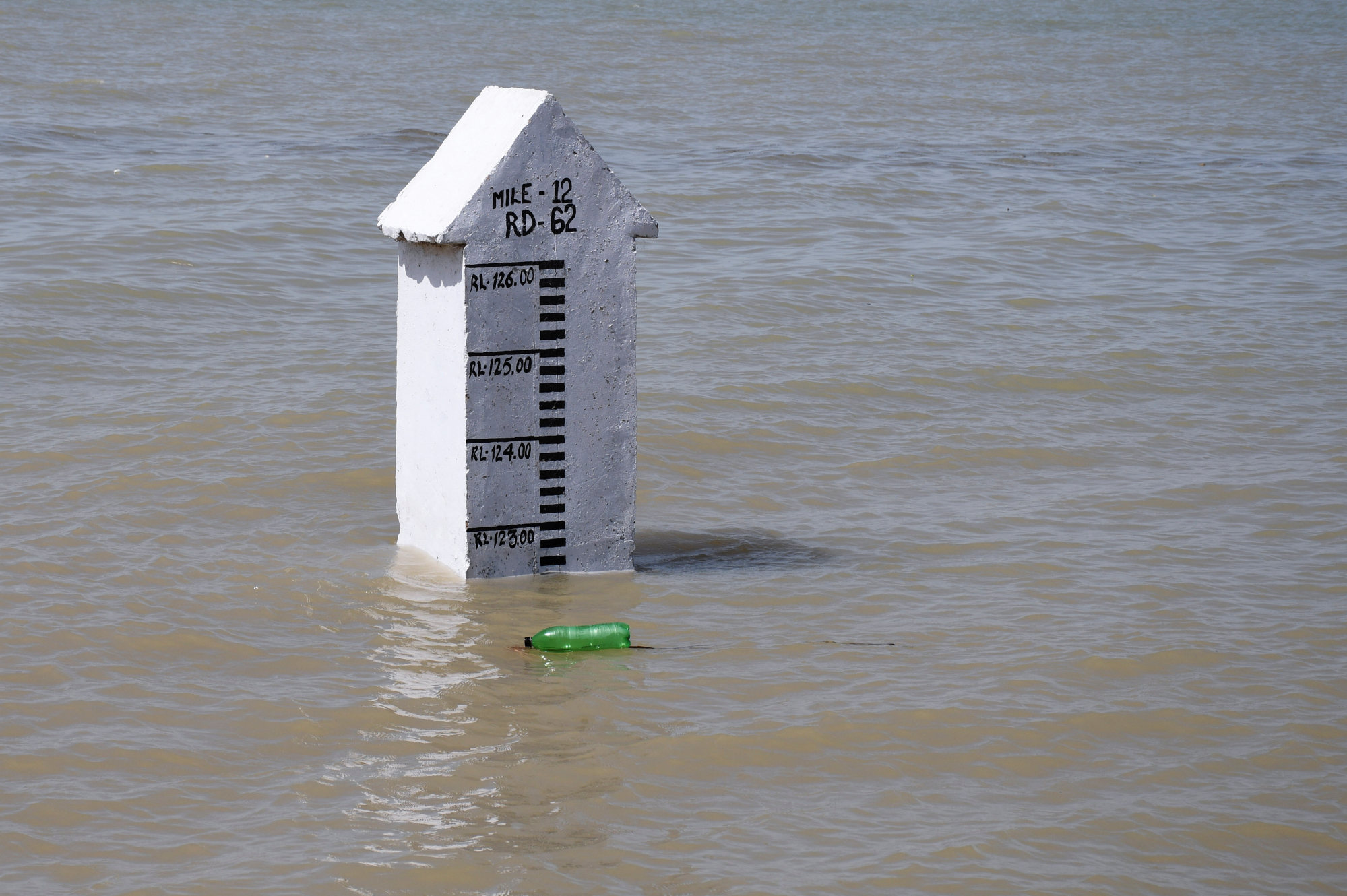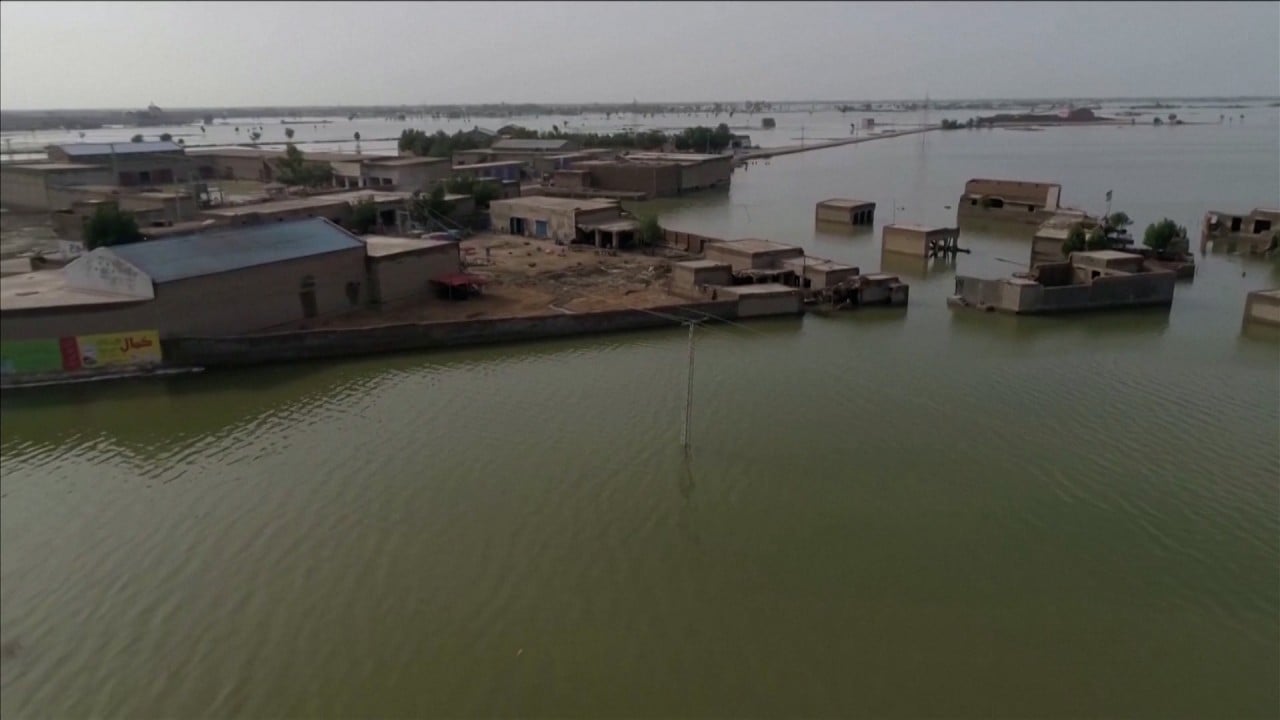
Flood-hit Pakistan breaches largest freshwater lake to prevent overflow, displaces some 100,000 people
- Manchar Lake, which is used for water storage, had reached dangerous levels and posed a threat to surrounding areas in the southern Sindh province
- Some 100,000 people would be affected by the breach in five councils, but it would save more populated clusters and also help reduce water levels elsewhere
Meteorologists predicted more rain in the region in the coming days and authorities urged villagers in the Jamshoro and Dadu districts of Sindh province near the lake to evacuate.
The rising waters reached dangerous levels and posed a threat to a protective dyke and embankment, they said. The lake, located west of the Indus River, is the largest natural freshwater lake in Pakistan and one of the largest in Asia.

Manchar Lake, which is used for water storage, had already reached dangerous levels, and the increased pressure posed a threat to surrounding areas in the country’s southern Sindh province, Sindh Irrigation Minister Jam Khan Shoro said.
He said about 100,000 people would be affected by the breach in five councils, but it would help save more populated clusters and also help reduce water levels in other, harder-hit areas.
“By inflicting the breach we have tried to save Sehwan town. Water levels on Johi and Mehar towns in Dadu district would be reduced by this breach in the lake,” Shoro told Reuters on Sunday.
It was not clear how many of the 100,000 asked to leave their homes would actually do so.
Fariduddin Mustafa, administrator for the Jamshoro district, said Sunday that officials made a cut into the lake’s embankment to allow excess water to escape and ultimately flow into the Indus. Still, the water continues to rise, he said.
Parts of Dadu district have already been flooded, officials said.
Aside from historic rainfall, southern Pakistan has had to contend with increased flooding as a surge of water flowed down the Indus river.
The country has already received nearly three times the 30-year average rainfall in the quarter through August, totalling 390.7 millimetres (15.38 inches). Sindh province, with a population of 50 million, was hardest hit, getting 464 per cent more rain than the 30-year average.
The Pakistani military said in a statement on Sunday that army engineers were engaged in enforcing the banks of Lake Manchar.
The development comes a day after Pakistan appealed again to the international community for aid to victims of the unprecedented flooding from monsoon rains that have left nearly 1,300 people dead and millions homeless around the country.
Being downstream on the Indus river, the southern parts of the country have witnessed swelling river waters flowing from the north. Pakistan’s limited dams and reservoirs are already overflowing and cannot be used to stop downstream flows.
Tarbela dam in the north-west, has been at capacity – 1,550 feet and 5.8 million acre feet – for weeks, according to data from Pakistan’s National Disaster Management Authority (NDMA).
Downstream in Sindh, barrages are under pressure with the Indus river in high flood level, the NDMA said in its latest situation report.



